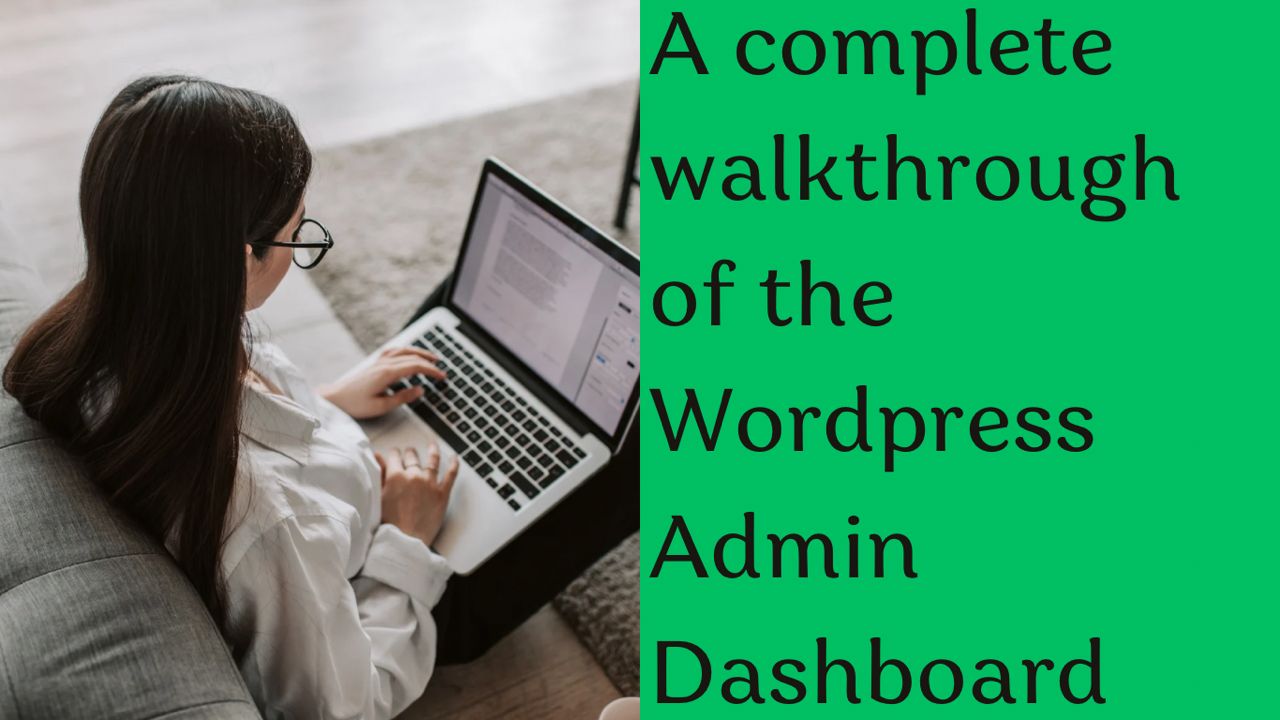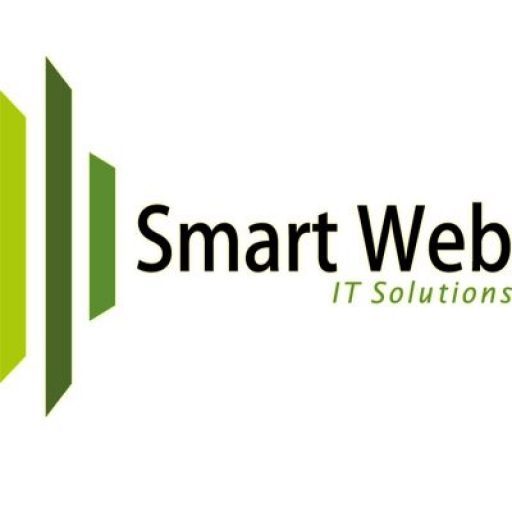
WordPress is one of the most popular content management systems (CMS) in the world. It empowers millions of websites, ranging from personal blogs to large corporate websites. One of the key elements that make WordPress user-friendly is its intuitive admin dashboard.
As a website owner or administrator, navigating through the WordPress Admin Dashboard is essential for managing and customizing your website. Whether you are new to WordPress or a seasoned user, having a comprehensive understanding of the dashboard’s features and functionalities is crucial for effectively running your website. In this blog post, we will take you on a complete walkthrough of the WordPress Admin Dashboard, exploring its various sections and explaining their purposes.
- Accessing the WordPress Admin Dashboard: To access the WordPress Admin Dashboard, you need to log in to your website using the login credentials provided during the installation process. Simply add “/wp-admin” to your website’s URL (e.g., www.example.com/wp-admin) and enter your username and password to log in.
- Dashboard Overview: Once you log in, you will land on the WordPress Admin Dashboard. The dashboard provides an overview of your website’s activity, including recent blog posts, comments, and other relevant information. You can customize the layout of the dashboard and add or remove widgets to suit your preferences.
- Posts and Pages: The “Posts” section allows you to create, edit, and manage your blog posts. You can categorize and tag your posts for better organization and searchability. Similarly, the “Pages” section enables you to create static pages like About Us, Contact, or Services. You can arrange the pages hierarchically and edit their content using the built-in editor.
- Media Library: The Media Library stores all the images, videos, and other media files uploaded to your website. You can upload new files, organize them into folders, and edit their metadata. It’s a centralized hub to manage and insert media into your posts and pages.
- Appearance: The “Appearance” section is where you can customize the visual aspects of your website. It includes options like Themes, Customize, Widgets, Menus, and Editor. You can choose and install new themes, modify the website’s layout and colors using the Customizer, add or remove widgets from the sidebar or footer, create and manage navigation menus, and make changes to the theme’s code using the Editor (use with caution).
- Plugins: Plugins extend the functionality of WordPress. In the “Plugins” section, you can install, activate, deactivate, and update plugins. It is crucial to choose reputable and regularly updated plugins to ensure the security and performance of your website. Some popular plugins offer features like SEO optimization, security enhancements, contact forms, e-commerce functionality, and more.
- Users: The “Users” section allows you to manage user roles and permissions. You can add new users, assign roles (such as Administrator, Editor, Author, Contributor, or Subscriber), and control their access to various features and content on your website. It is important to maintain user accounts and their permissions to ensure the security of your website.
- Settings: The “Settings” section provides access to various configuration options for your website. Here, you can customize general settings (site title, tagline, URL structure, etc.), discussion settings (comments and trackbacks), media settings (image sizes and organization), permalink structure, and much more. These settings help tailor your website’s functionality according to your specific requirements.
Conclusion: The WordPress Admin Dashboard is the control center for managing your website efficiently. Understanding its different sections and functionalities empowers you to create and manage content, customize the appearance, install plugins, and control user access. With a complete walkthrough of the WordPress Admin Dashboard, you can confidently take charge of your website’s administration and make the most out of the powerful WordPress platform.
